Also available in: Deutsch
Asakusa is a popular district in Tokyo and feels quite traditional compared to other areas such as Shinjuku. This is mainly due to the sights featured in our Asakusa things to do, as you can visit Tokyo’s oldest Buddhist temple, the Senso-Ji, right here.
Tokyo – Sights and Things to Do for Asakusa
- Accommodation in Tokyo – our hotel tip
- 1. Asakusa Culture Tourist Information Center
- 2. Nakamise Shopping Street
- 3. Senso-Ji Temple
- 4. Asakusa Shrine
- 5. Demboin Dori
- 6. Demboin Garden
- 7. Nishi-Sando Shopping Street
- 8. Hanayashiki Amusement Park
- 9. Suzukien Asakusa (Matcha Shop)
- 10. Sumida Park
- 11. Asakusa River Cruise
- Tokyo Asakusa: Tours and Tickets
- How to Get to Tokyo
But Asakusa has more to offer than just the Senso-Ji Temple. There is also the Asakusa Shrine, the famous Nakamise shopping street, as well as Sumida Park with views of the river and the Tokyo Skytree. Here we show you everything you can see in Tokyo’s Asakusa district.
Accommodation in Tokyo – our hotel tip
The selection of hotels in Tokyo is huge, and it’s always a good idea to have a metro station close to your hotel. the Hotel SUI Akasaka by Abest and can highly recommend it. We even stayed there a second time because we really liked it overall.
Rooms in Tokyo are usually much smaller, but they offer everything you need. At the Hotel Sui Akasaka by Abest, they are equipped with a coffee machine, kettle, refrigerator, air conditioning, bathroom with modern Japanese toilet, tablet, TV, and reliable, free Wi-Fi. There are also USB ports and sockets for non-Japanese plugs. Nothing is left to be desired. Another highlight is the roof terrace, and there are other amenities such as washing machines and a directly connected café.

Popular neighborhoods to stay in Tokyo include Shinjuku, Akihabara, or Asakusa. You can find more hotels in other districts of Tokyo here.
1. Asakusa Culture Tourist Information Center
Let’s start with a small insider tip that is often overlooked. Near Asakusa Station, which you can reach via several lines, you will find the tourist information center. The Asakusa Culture Tourist Information Center should be your first stop when exploring the district. Not only will you get plenty of information about Asakusa here, but the 8th floor is also a highlight.
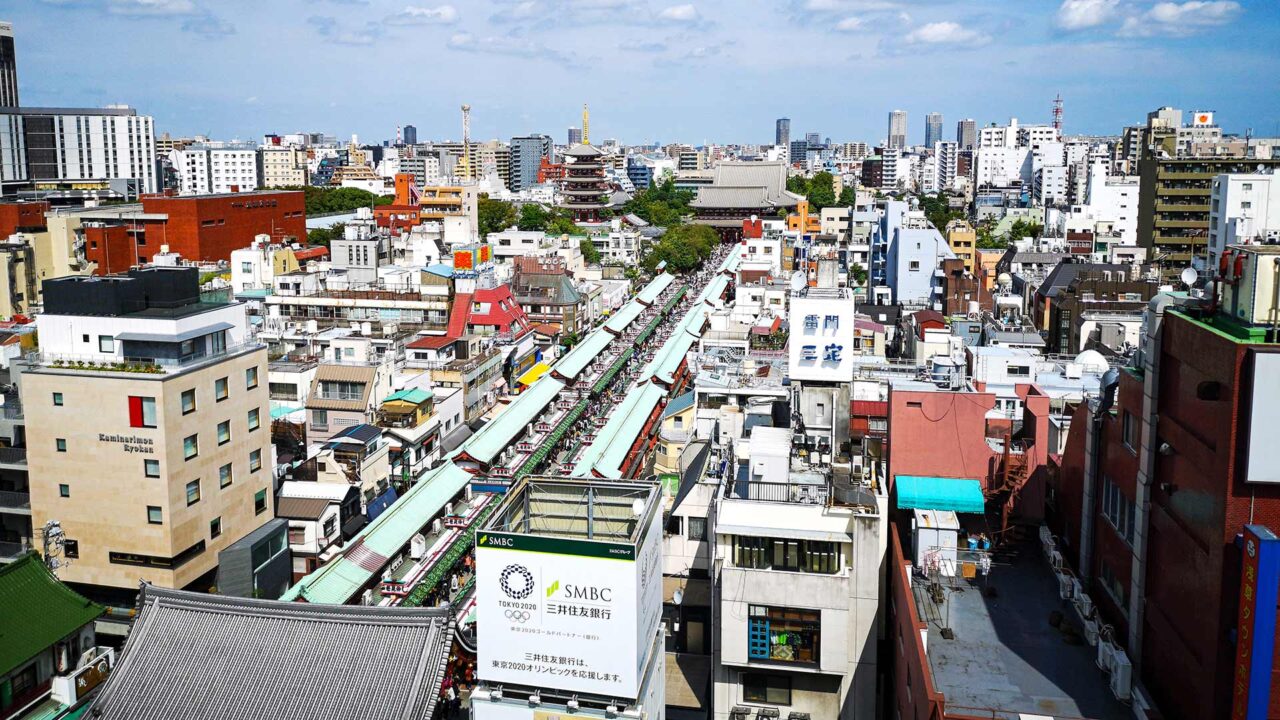
There you will find one of Tokyo’s observation decks, which you can visit completely free of charge. It is open daily from 9.00 AM to 8.00 PM. In addition, you will find a café, free Wi-Fi, and restrooms on site (making it a good place for a sightseeing break).
The view from the Asakusa Culture Tourist Information Center is truly beautiful, as you can see the Tokyo Skytree, the Nakamise Shopping Street, and the Senso-Ji Temple. Definitely worth a stop, since it is completely free, making it our number one Asakusa tip.
2. Nakamise Shopping Street
From the Asakusa Culture Tourist Information Center, you can head directly across to Nakamise Shopping Street, which leads you straight to the Senso-Ji Temple. The shops are open daily from 10.00 AM to 5.00 PM, and it is always bustling. This is, of course, due to the many visitors to the temple who pass through the shopping street.
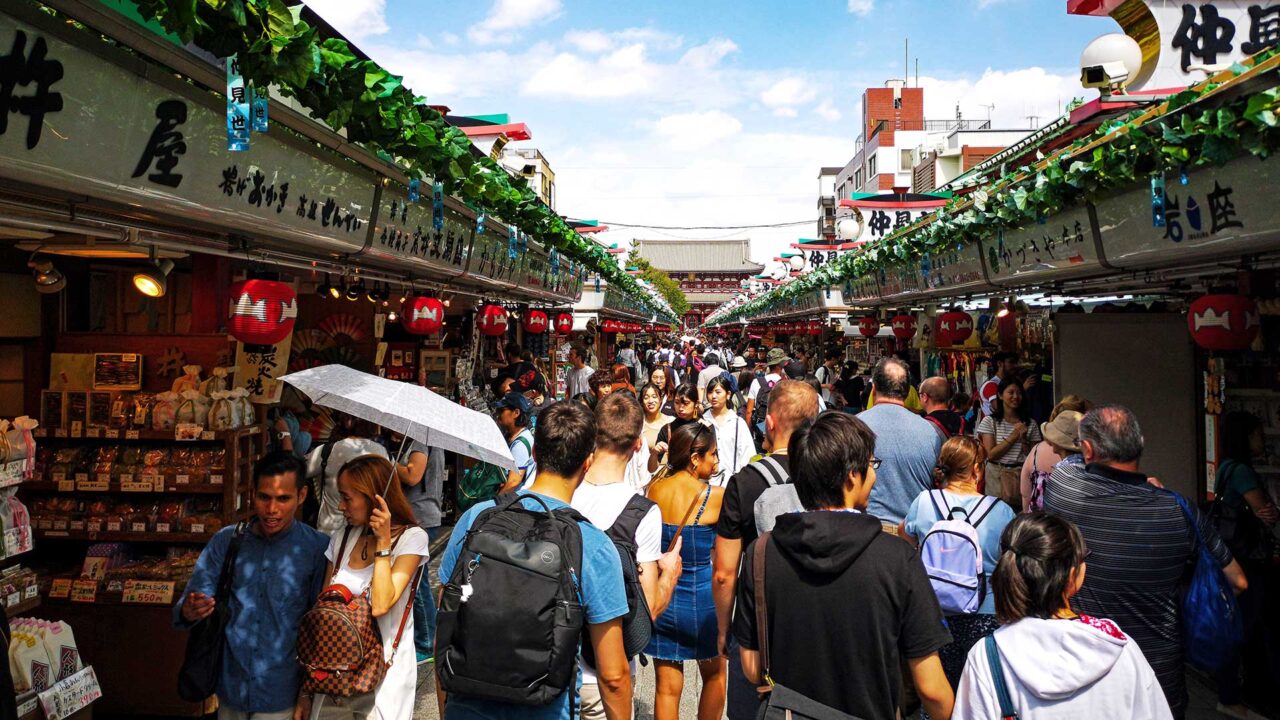
The approximately 250-meter-long street offers many souvenir shops, as well as a wide variety of Japanese street food that you can try if you are hungry. The traditional design of Nakamise Shopping Street adds to a pleasant atmosphere, and you do not necessarily feel like you are in modern Tokyo.
3. Senso-Ji Temple
Kinryūzan, the formal name of the Senso-Ji Temple, is Tokyo’s oldest and most important Buddhist temple and lies in the heart of Asakusa. It attracts the most visitors, is busy every day, and should not be missing from any list of Asakusa things to do.
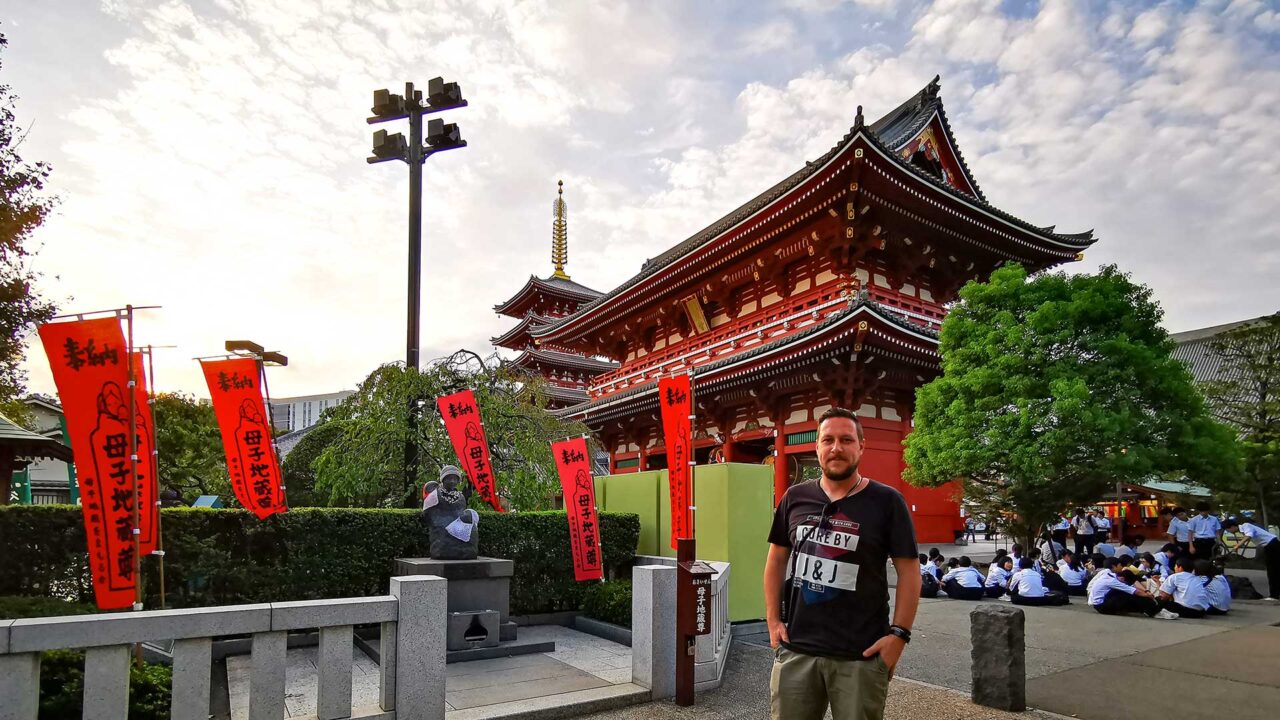
The first temple on this site was built in 645. Over the centuries, many new buildings were constructed, and the temple was restored several times. The last restoration took place after World War II, and the Senso-Ji has stood in its present form since 1958.
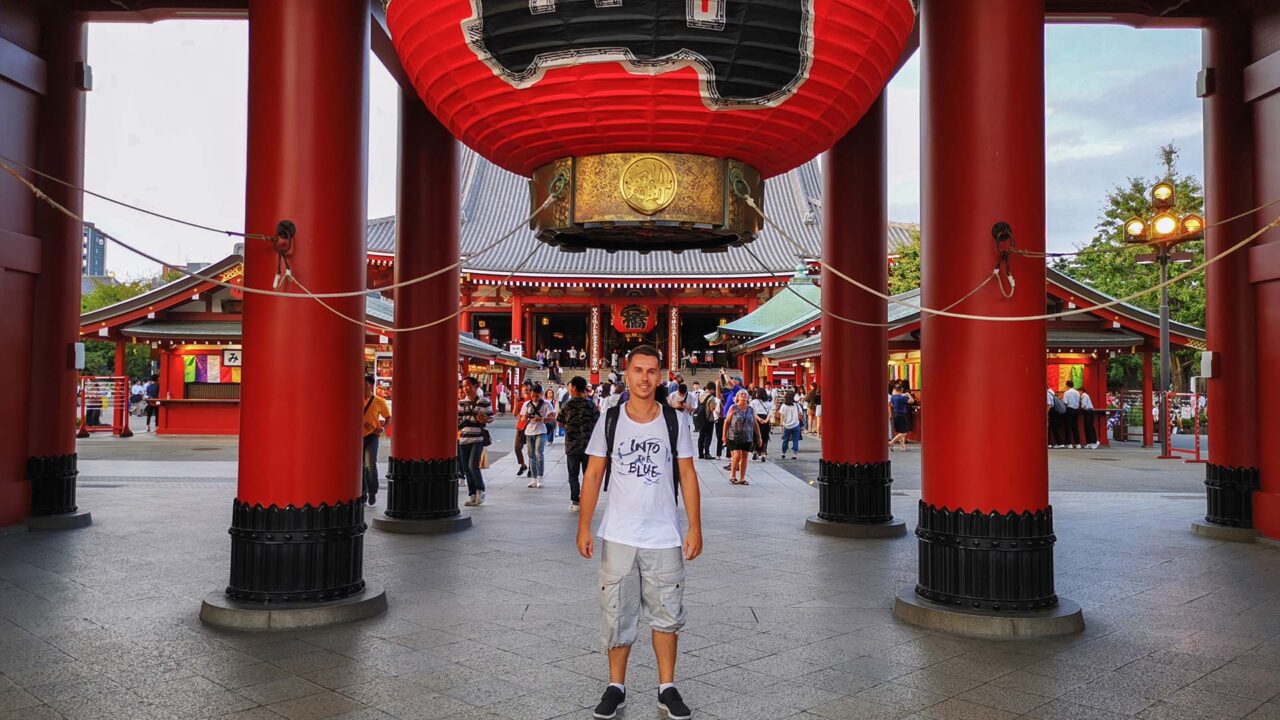
The five-story pagoda is one of the main features, as well as the Hōzō-mon Gate and the Kaminari-mon Gate, through which you enter the temple. There you can wash with water and purify yourself with incense before visiting the rest of the grounds. The Senso-Ji is dedicated to Kannon, a Buddhist goddess of mercy.
The grounds of the Senso-Ji Temple are always open, only the main hall has opening hours from 6.00 AM to 5.00 PM. There is also no entrance fee to visit. Definitely the highlight of Asakusa and well worth a visit.
4. Asakusa Shrine
Built in 1649, Asakusa Shrine is a Shinto shrine connected to the grounds of the Senso-Ji Temple. This shrine honors three men who were responsible for the construction of the Senso-Ji Temple.
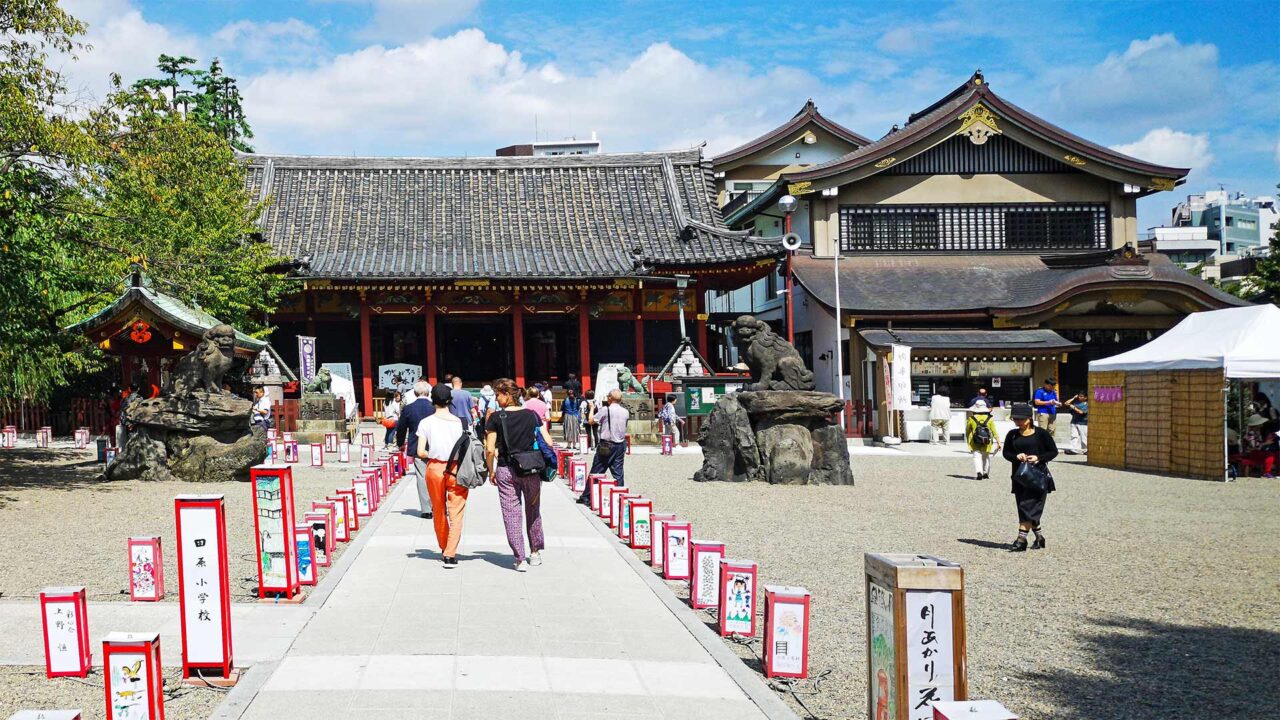
In addition, several Matsuris, traditional Japanese festivals, are held at Asakusa Shrine. The largest one takes place in May, lasting for several days, with the highlight being the procession of 100 portable shrines through the streets of the Asakusa district.
5. Demboin Dori
Demboin Dori (street) branches off to the left from Nakamise Shopping Street just before the Senso-Ji Temple. The name comes from the Demboin Garden (see next point), which the street runs alongside. Here you will find additional shops that mainly sell handmade Japanese souvenirs. Even if the stores are closed, the street is still worth seeing because the shutters are decorated with beautiful motifs.
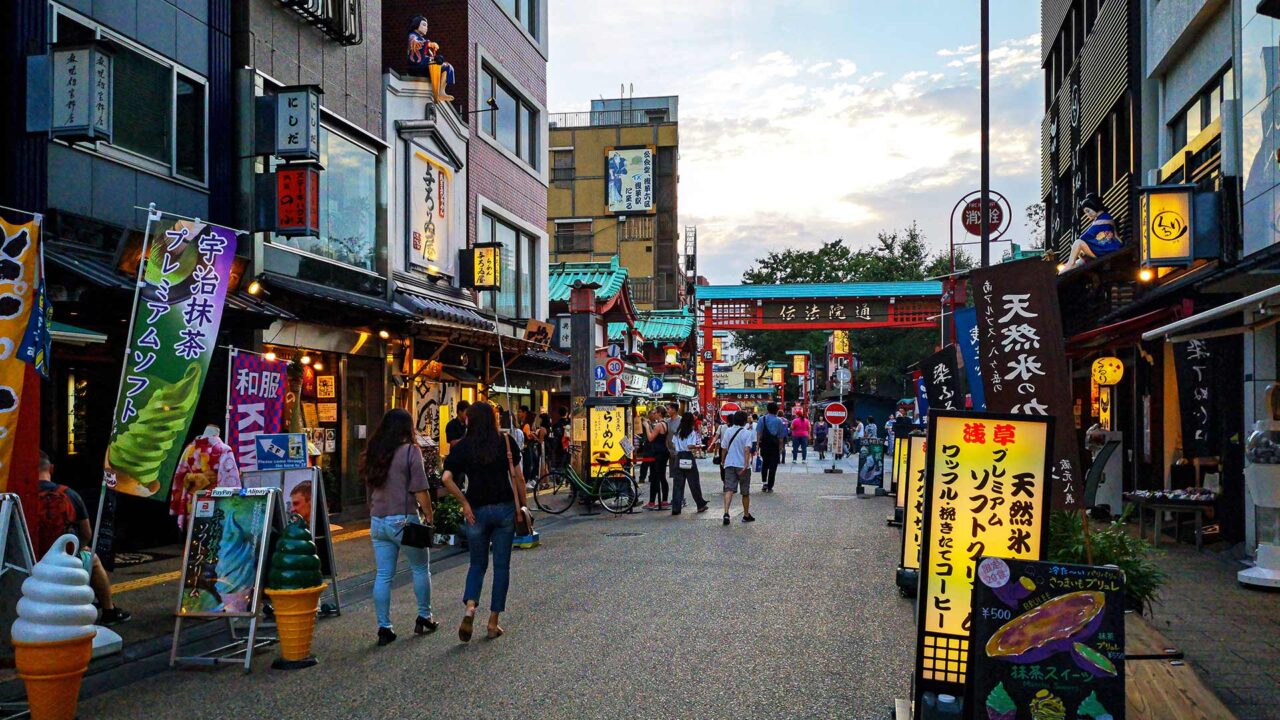
6. Demboin Garden
Somewhat hidden in Asakusa, Demboin Garden (sometimes also written Dembou-in) is also connected to the Senso-Ji Temple, where the entrance is located, and runs along Demboin Dori. The main reason many people don’t visit the garden is that it is only open each year from mid-March to early May.
Admission costs 300 Yen. But it is worth it, especially during Japan’s cherry blossom season when the garden looks simply breathtaking. Otherwise, it is a perfect place to take a break from the hustle and bustle around Senso-Ji. There are small ponds, a teahouse with free tea, and other traditional buildings.
7. Nishi-Sando Shopping Street
The charming Nishi-Sando Shopping Street is usually not crowded, and only a few people find their way here after visiting Senso-Ji Temple. That’s a pity, because the arcade offers wonderful shops where you can buy great souvenirs. Unlike Nakamise Shopping Street, you have peace and quiet to choose something, and prices are often better here. Everything is far less touristy.
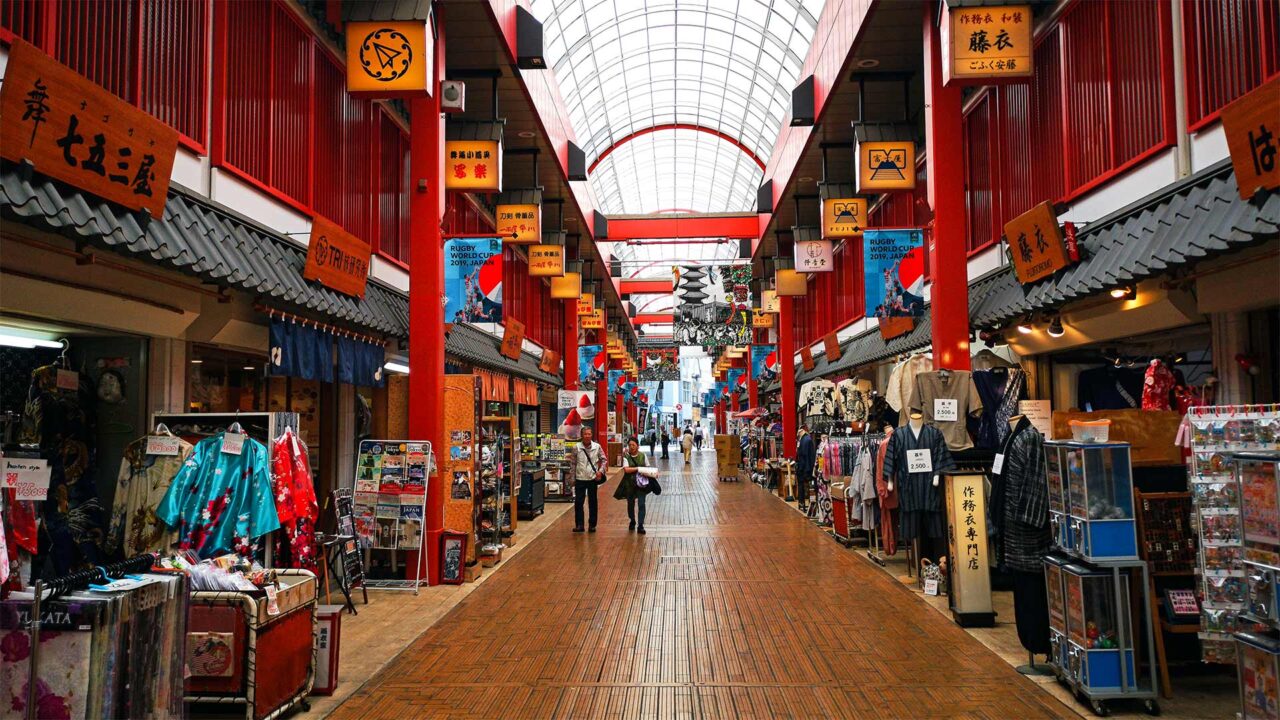
A special feature of Nishi-Sando Shopping Street is its wooden floor. Normally, this is not allowed on public streets in Tokyo, but since it is private property, the flooring was replaced with wood. The shops are open daily from 8.00 AM to 6.00 PM for visitors.
8. Hanayashiki Amusement Park
Opened in 1853 as a flower park and rebuilt in 1949 after World War II, Hanayashiki Amusement Park is Japan’s oldest amusement park. It is located right in Asakusa, only a few minutes’ walk from Senso-Ji Temple.
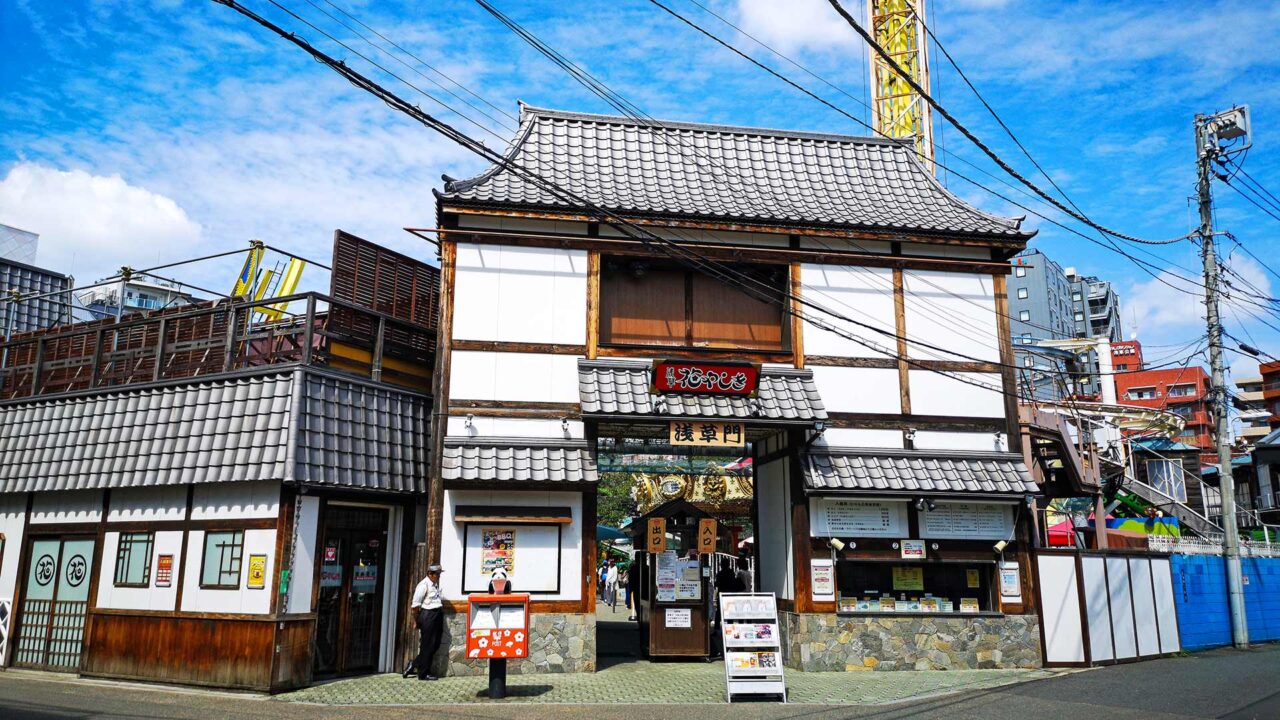
The atmosphere of the park reflects the 1950s, and with 19 rides, including a roller coaster, Hanayashiki attracts visitors of all ages. It is open daily from 10.00 AM to 6.00 PM, and admission costs 1000 Yen.
9. Suzukien Asakusa (Matcha Shop)
Our second small insider tip among today’s Asakusa things to do. Suzukien in Asakusa is actually a 150-year-old teahouse. There you can buy different types of tea and even sample some for free on site. Today, however, the main focus is on green tea, of which there are many products.
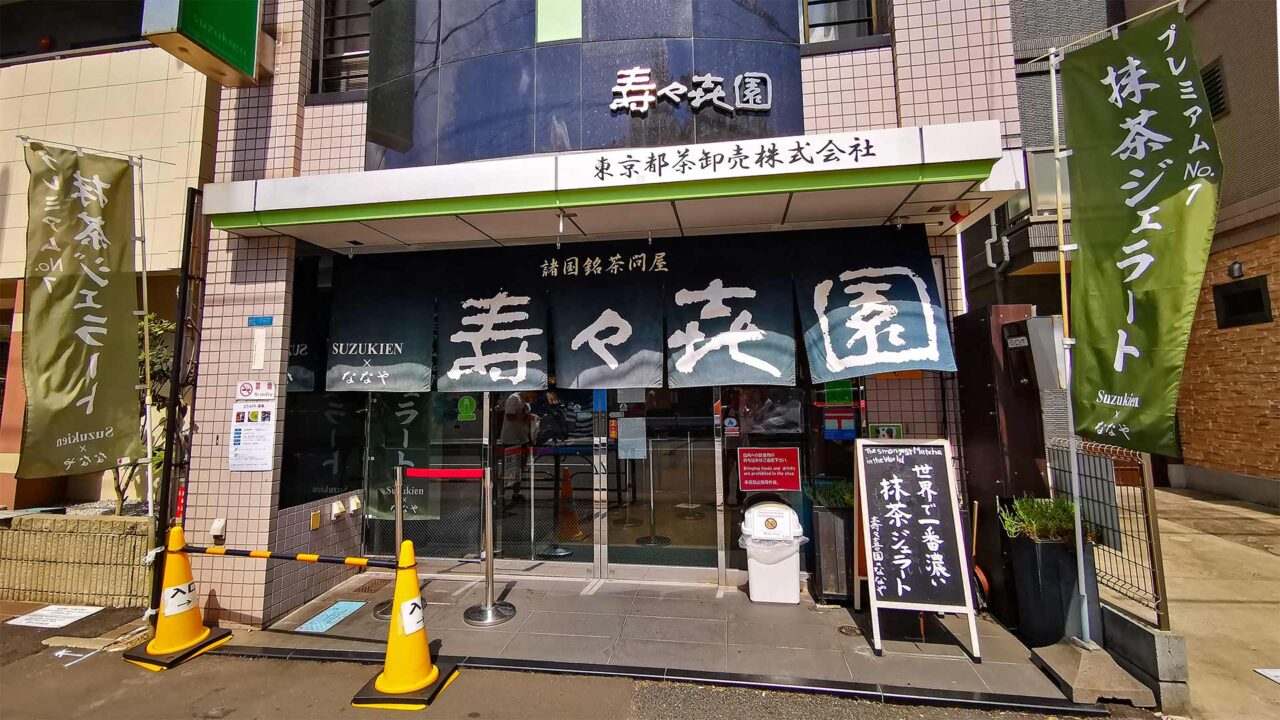
While you can buy green tea in all sorts of forms (powder, leaves, etc.), the matcha ice cream or gelato is especially popular. There are different strengths you can try. It is even said that Suzukien’s Gelato No. 7 offers the strongest matcha flavor in the world.
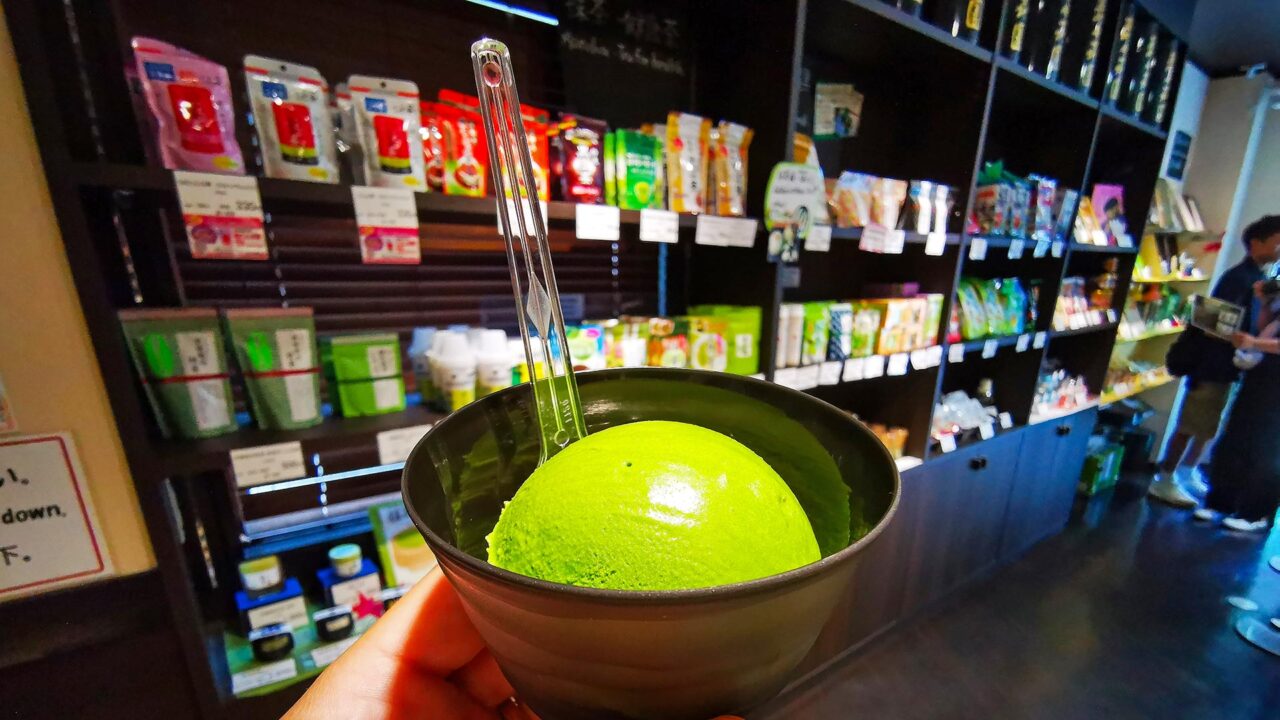
Although it is said that Suzukien can sometimes get quite crowded, this was not the case during our visit. We definitely recommend trying the matcha ice cream, though not necessarily No. 7. It is open daily from 11.00 AM to 5.00 PM.
10. Sumida Park
From Asakusa Station or the district’s highlight, Senso-Ji Temple, it is only a few minutes on foot to Sumida Park. It stretches along the Sumida River and is especially popular during cherry blossom season. Around 500 trees line the park, bursting into full bloom at that time.
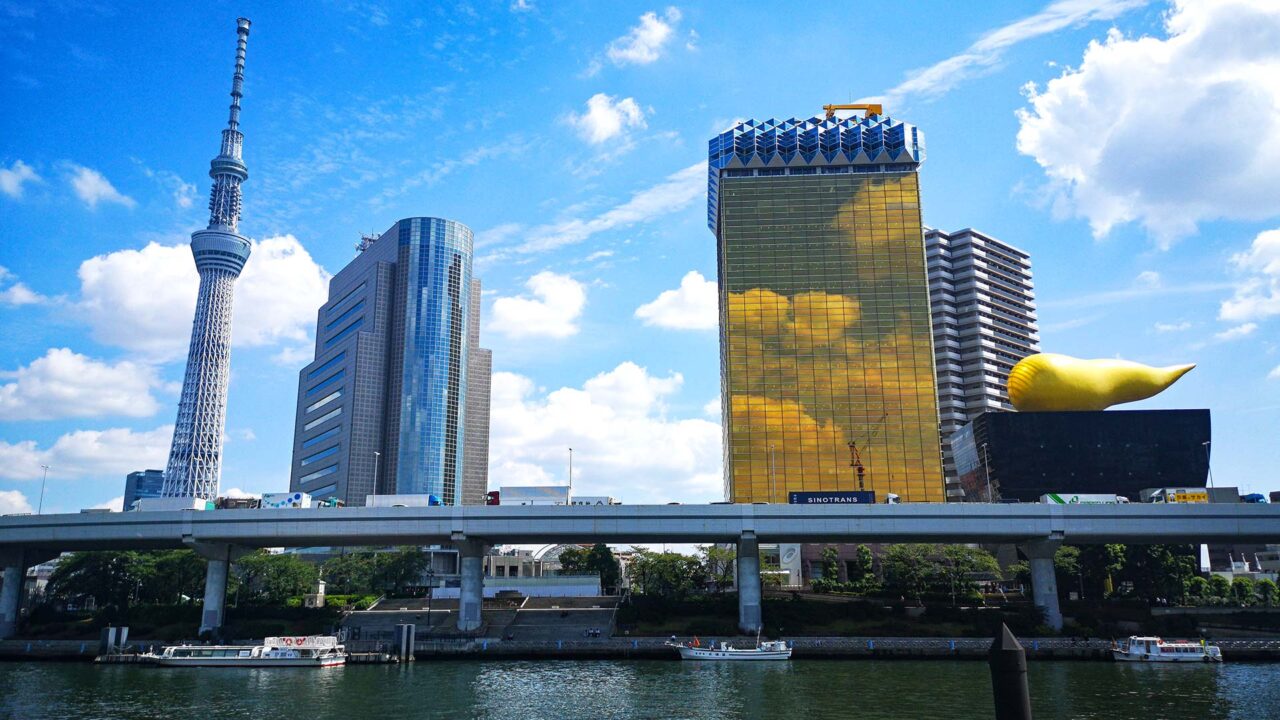
You can stroll along the water in Sumida Park, relax on benches in the shade, or enjoy the views of the Tokyo Skytree and the Asahi Beer Tower. A great spot if you want to take a break from sightseeing in Asakusa.
11. Asakusa River Cruise
The last of our Asakusa things to do. At Sumida Park in Asakusa, you will also find a pier for the Asakusa River Cruise or for the many “Water Bus” boats that connect Asakusa with other districts of Tokyo, such as the island of Odaiba. There are different lines available, including the Himiko Line, Hotaluna Line, and the Yakatabune Line.
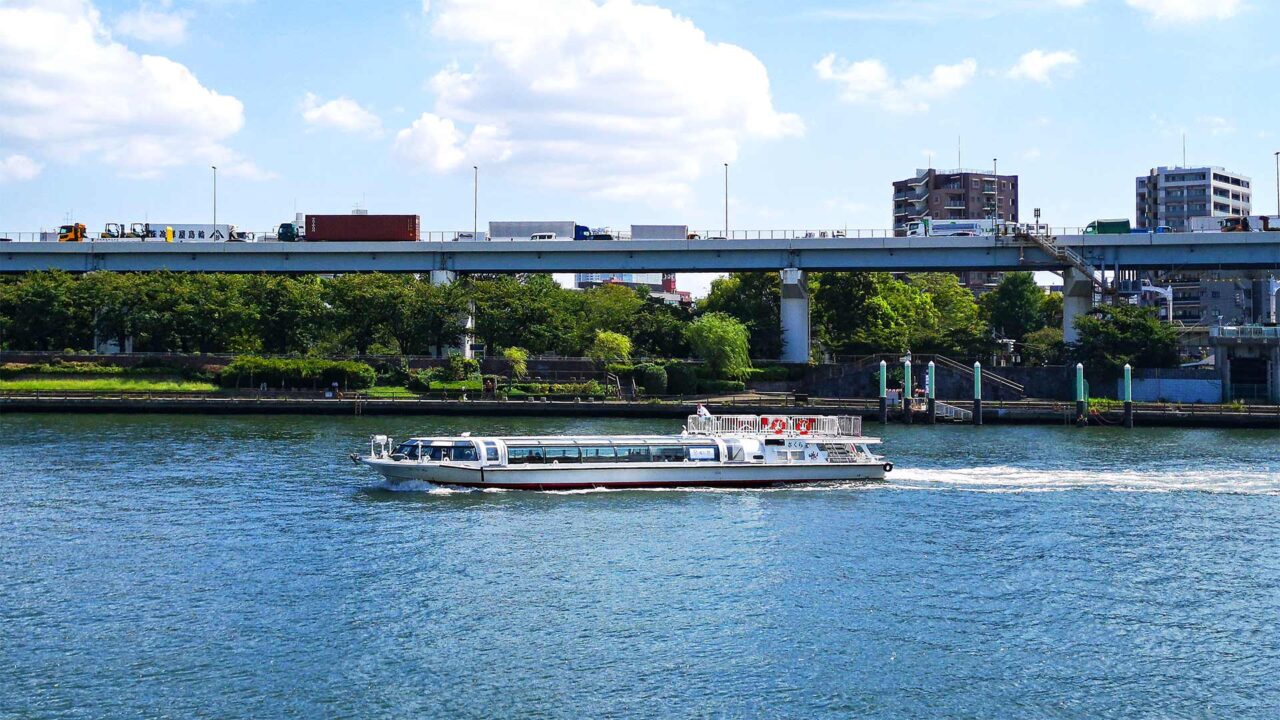
This makes it easy to combine a Tokyo River Cruise with your next destination, such as Odaiba. You can find more information about schedules, prices, and piers here.
Tokyo Asakusa: Tours and Tickets
Do you prefer to travel with a guide who knows the area very well? Then we recommend a guided tour with a local. This way you can get to know Tokyo Asakusa in a completely different way. GetYourGuide offers a wide selection of exciting tours for Asakusa and Tokyo.
How to Get to Tokyo
The international trip to Tokyo does not offer many options, since Japan is an island country. So the plane is usually the only option to get to the Japanese capital. Tokyo has two airports, Narita and Haneda Airport.
There are direct flights to Tokyo from all over the world as well as Europe or other Asian countries. Narita Airport serves most international flights, but Haneda also handles some of them. However, the majority of flights at Haneda Airport are domestic flights. For a good overview of times, prices and airlines, we can recommend Skyscanner.
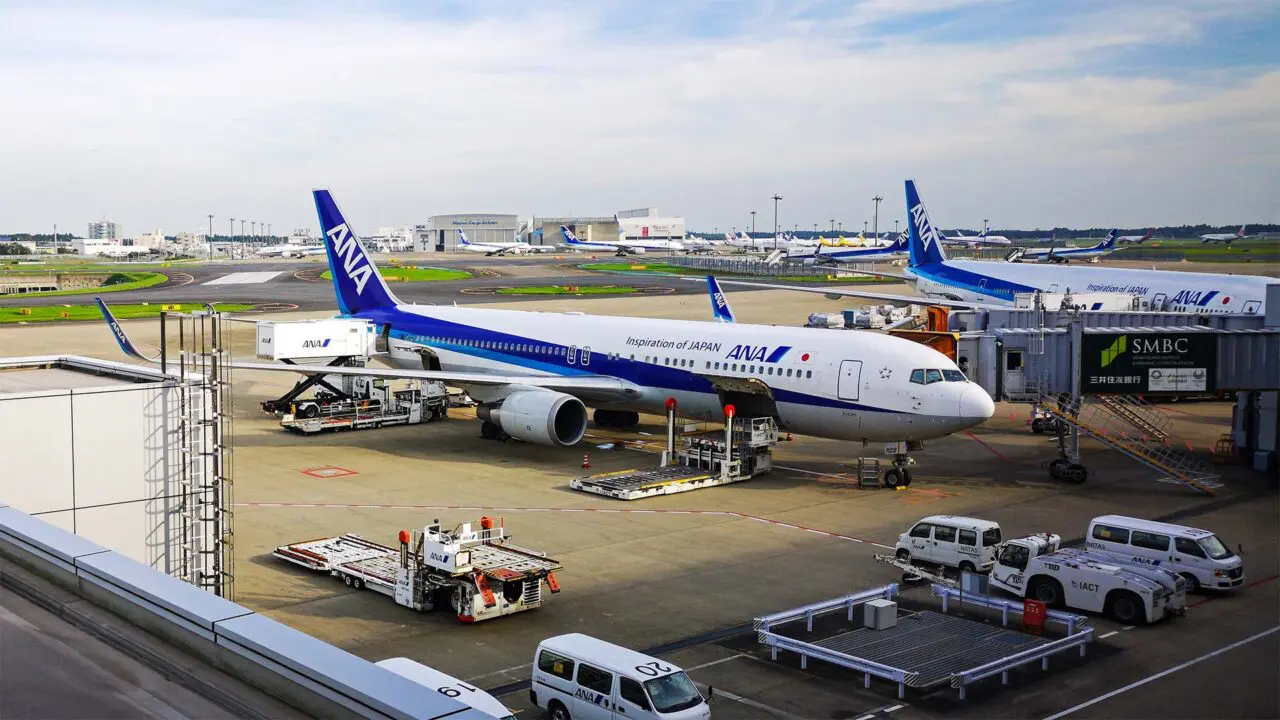
Note: There are also ferry connections, e.g. from China or South Korea to Japan, but not directly to Tokyo. There you would have to travel to Tokyo via Kyushu or Osaka. You can find more information at 12go.asia.
Other options if you are traveling to Tokyo within Japan are the bus and train. The Shinkansen express trains are the most popular, but there are also many other trains to choose from. If you are in Japan a little longer, then a Japan Rail Pass is worth it, because most routes within Japan can be covered quickly and easily by train. Absolute recommendation!
Have you been to Asakusa? Did you like this Tokyo neighborhood as much as we did? Do you know about any more things to do in Asakusa? Leave us your comment here.

Tobi
Hi, I'm Tobi, author, passionate travel blogger and founder of this blog. I've been traveling the world a lot since 2013, mostly in Southeast Asia, but sometimes also in Europe. The Thai island of Koh Phangan has become my home base when I'm not traveling. Find out more on our About Us page.